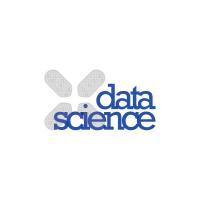Time Series Forecasting for Self-Aware Systems
Proceedings of the IEEE, (2020)DOI: 10.1109/JPROC.2020.2983857
Abstract
Modern distributed systems and Internet-of-Things applications are governed by fast living and changing requirements. Moreover, they have to struggle with huge amounts of data that they create or have to process. To improve the self-awareness of such systems and enable proactive and autonomous decisions, reliable time series forecasting methods are required. However, selecting a suitable forecasting method for a given scenario is a challenging task. According to the ``No-Free-Lunch Theorem,'' there is no general forecasting method that always performs best. Thus, manual feature engineering remains to be a mandatory expert task to avoid trial and error. Furthermore, determining the expected time-to-result of existing forecasting methods is a challenge. In this article, we extensively assess the state-of-the-art in time series forecasting. We compare existing methods and discuss the issues that have to be addressed to enable their use in a self-aware computing context. To address these issues, we present a step-by-step approach to fully automate the feature engineering and forecasting process. Then, following the principles from benchmarking, we establish a level-playing field for evaluating the accuracy and time-to-result of automated forecasting methods for a broad set of application scenarios. We provide results of a benchmarking competition to guide in selecting and appropriately using existing forecasting methods for a given self-aware computing context. Finally, we present a case study in the area of self-aware data-center resource management to exemplify the benefits of fully automated learning and reasoning processes on time series data.
Links and resources
Tags
community
@albinzehe's tags highlighted



